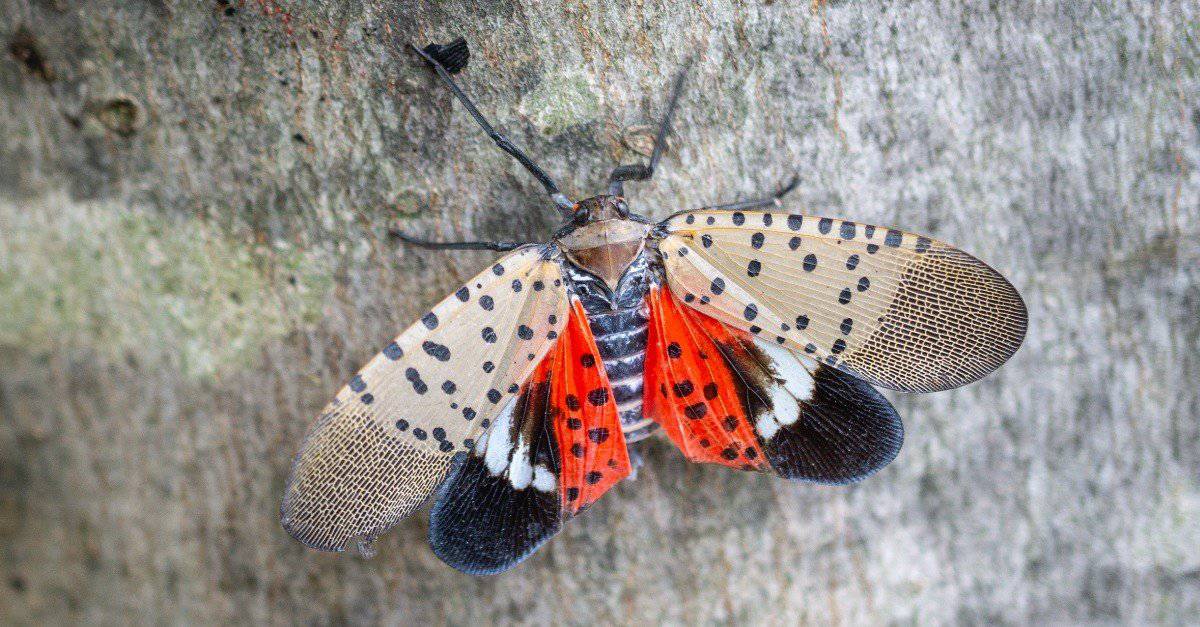Invasive species in Wisconsin can cause serious economic damage. But they can also destroy ecosystems and biodiversity by outcompeting native species and altering habitats. Wisconsin statute defines these creatures as nonnative species that are likely to cause harm to human health, the economy, and the environment. Check out these 15 invasive species in Wisconsin and learn why they are so harmful.

1. Red Swamp Crayfish
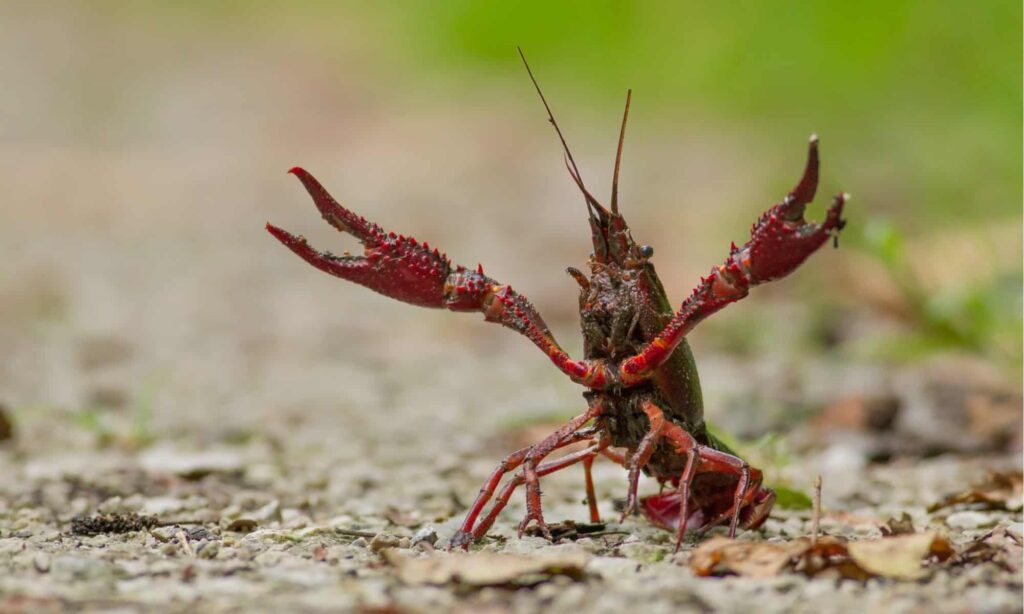
Males use their claws by pinching or jabbing their rivals.
©rugco/Shutterstock.com
The red swamp crayfish is bright red with raised spots and elongated claws. They can also be identified by the black stripe on their abdomens. And occasionally, you can find them blue bodies or claws, which come from a genetic mutation.
This species has been found in ponds in the southeastern portion of the state. Although they are believed to be eradicated. Because they feed on amphibian eggs and fish eggs, they are known for harming populations, especially amphibians.
2. Asian Clam

The Asian clam is invasive in the U.S.
©Jay Ondreicka/Shutterstock.com
Native to Southeast Asia, these yellowish-brown clams are an invasive species across much of the United States. They have been in the country since 1938, and you can find them freshwater and brackish water. They easily spread through human transport, where they flow with water currents after hitching a ride on boats.
Asian clams cause several significant problems, such as infesting power plants and water treatment systems. They are also prolific self-fertilizing breeders that compete for food and habitats with native species.
3. Bloody Red Shrimp
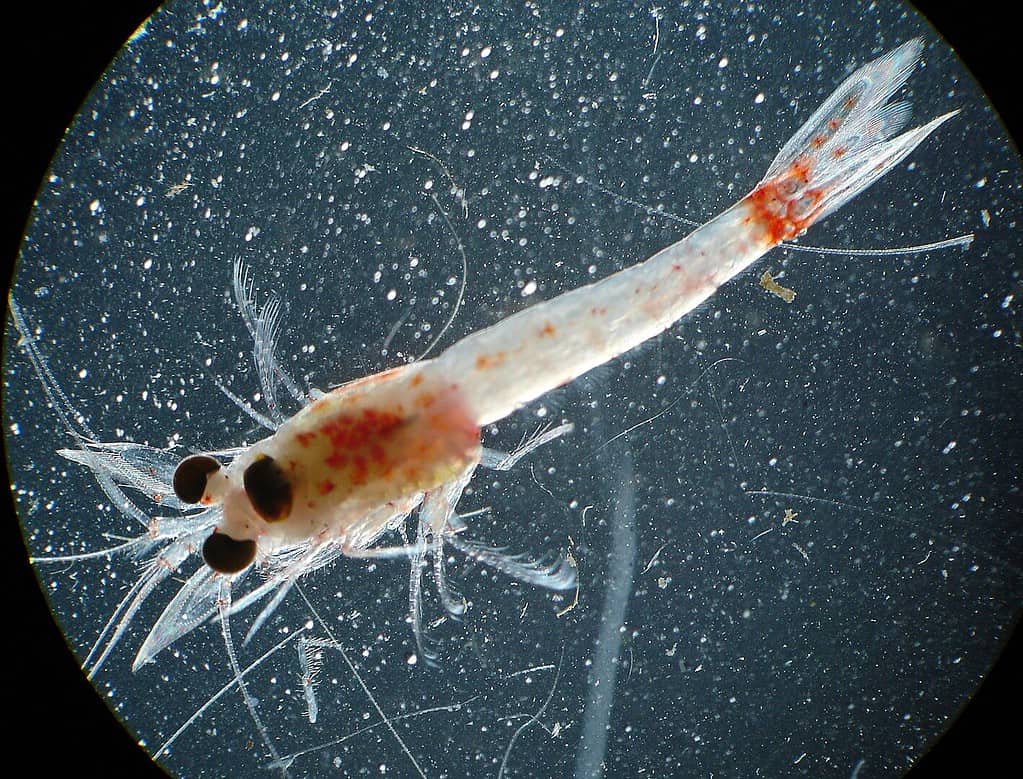
Bloody-red shrimp compete with young fish for food.
The bloody-red shrimp is native to Eastern Europe and was first reported in the Great Lakes in 2006. They are a relative of the opossum shrimp and are less than half an inch in length. Additionally, they are red and clear and feature a flat end on their tail. You can often observe them forming red swarms near piers and boats. And it’s also easy to spot them at night by shining a flashlight into the water.
Although Wisconsin has not seen any impacts from this species yet, they are known for producing significant impacts on the environment. Blood-red shrimp compete with young fish for food and can also accelerate diatom blooms.
4. Sea Lamprey
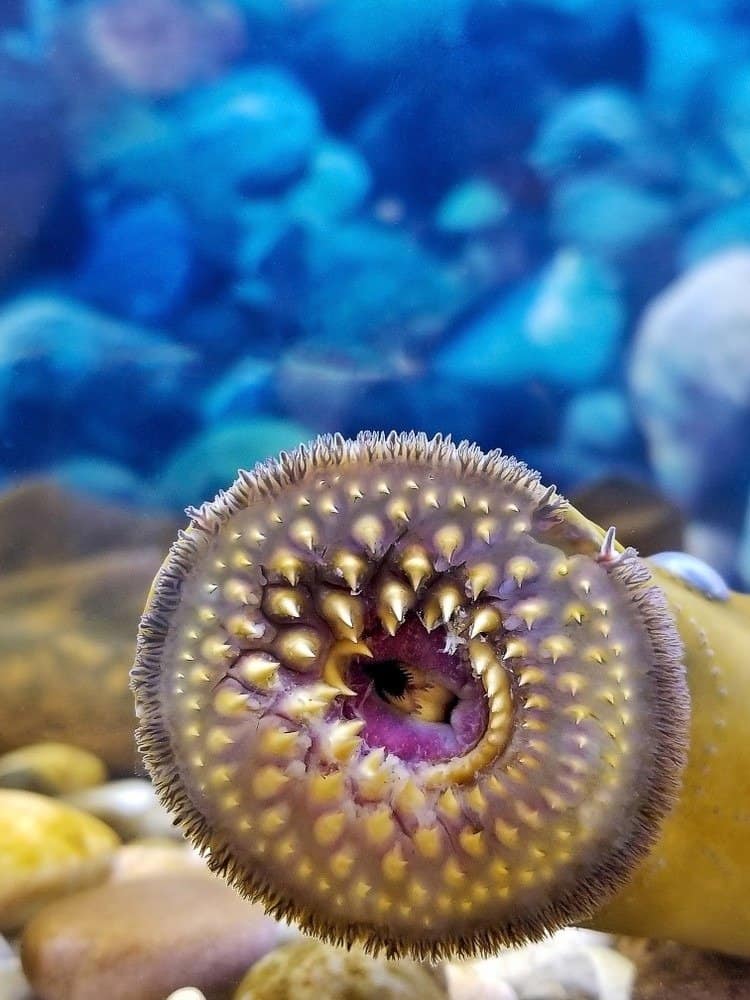
Sea lamprey are an invasive species in Wisconsin.
©Maria Dryfhout/Shutterstock.com
If you’ve ever been to the Great Lakes, you’ve probably heard about sea lamprey. These eel-like creatures have round suction mouths with rows of sharp teeth, which they use to feed on other fish. They are a primitive species found in freshwater. Though they are thought of as an invasive species, there is some debate as to whether they are native to the region. However, they have been an issue for some time, and many methods to control them have failed.
While sea lampreys don’t typically pose a threat to humans, they are responsible for the decrease in fish populations. One sea lamprey can kill over 40 pounds of fish. And even if a fish survives a lamprey feeding, they are less likely to reproduce.
5. Spotted Lanternfly
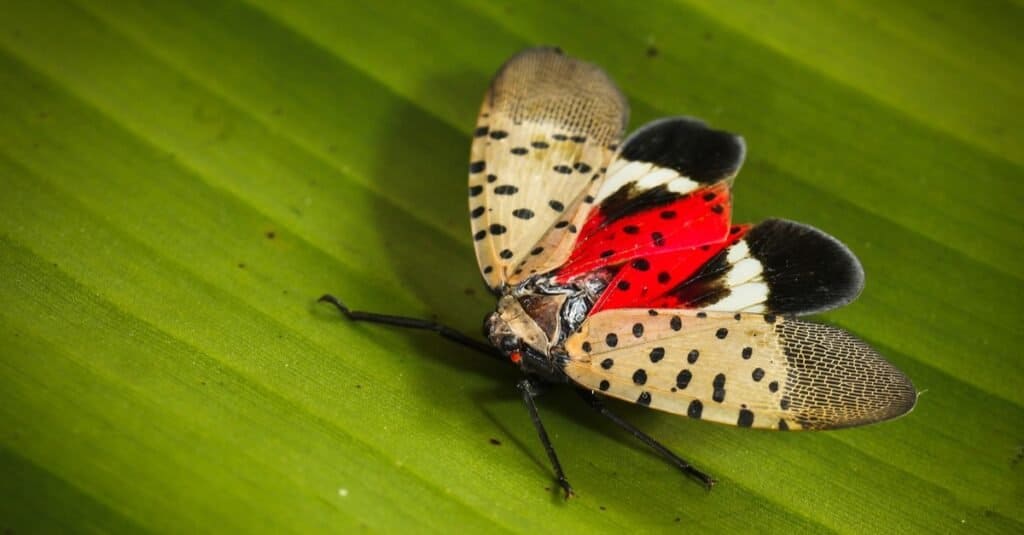
Spotted lanternflies cause plants to die.
©vm2002/Shutterstock.com
The spotted lanternfly is a planthopper native to China, where it spread as an invasive species throughout parts of Asia and the United States. Adults have pinkish-purple wings with black spots and are around one inch long. Their nymphs can be different colors, from white to red and black. They have been detected in Wisconsin and are on an early watch status.
These insects feed on grapes, hops, and trees of heaven. And they use their mouths to drink sap, which can cause plants to die. Plus, they excrete honeydew and can be a general nuisance.
6. Jumping Worm

Asian jumping earthworms can grow twice as fast as other earthworms.
©iStock.com/Arrlxx
These nonnative earthworms have been in Wisconsin since 2013. They found their way here from Eastern Asia and are now an invasive species that cause problems for gardeners and others. They look similar to native earthworms, except they thrash, jump, and shed their tails when they become surprised or feel threatened.
These worms excrete grainy pellets that can alter the texture and composition of the soil. They also consume nutrients that native plants and animals need to survive. The soil they produce is not adequate for supporting plant life, causing species to die and more invasives to move in.
7. Nutria
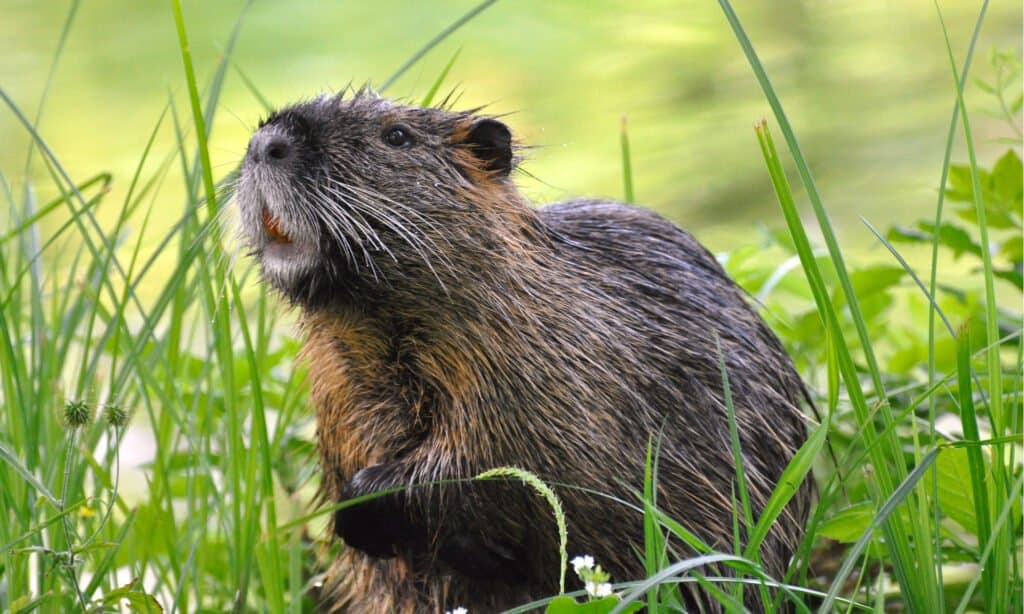
Nutria are known for their orange-stained front teeth.
©Sonja Guijarro/Shutterstock.com
The nutria is a large semi-aquatic rodent from South America. They are invasive and well-established in at least 17 states, including Wisconsin. Due to their aquatic behavior, they are often found in wetlands, where they can cause extensive damage. They also negatively affect agricultural crops and roads. And they can spread diseases to humans. Several efforts are underway to eradicate large populations of these rodents.
8. Feral Pig
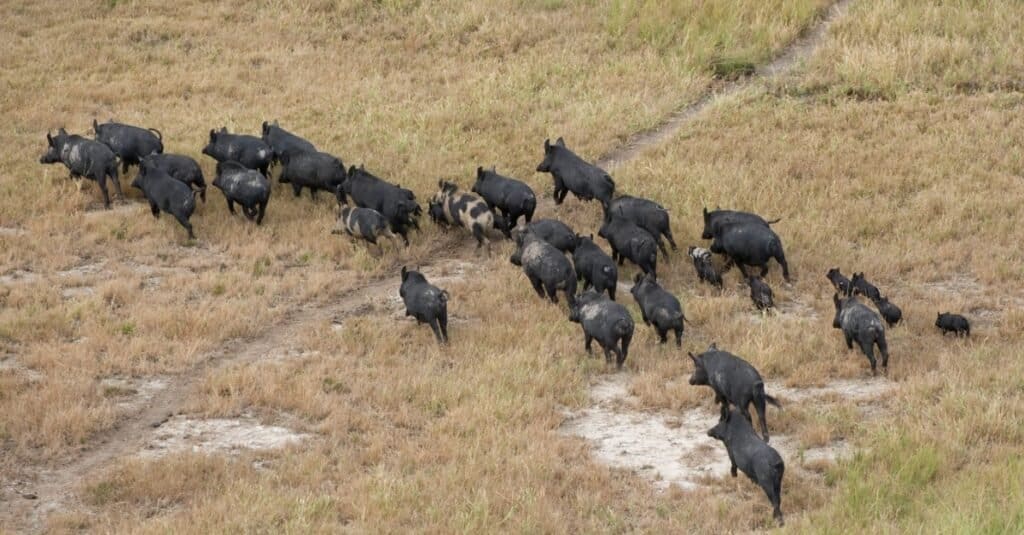
Feral pigs cause a lot of damage to crops and the landscape due to rooting.
©iStock.com/JohnCarnemolla
The Wisconsin Department of Natural Resources promotes aggressive removal of feral pigs from the state. These animals are nonnative to the state and pose serious threats to human health, the environment, and the agricultural industry. These pigs are very resilient and can live in many habitats. They especially like swamps, woodlands, brushlands, and mountain forests. But they can be very destructive to pastures and planted fields, and they can spread diseases to livestock.
9. European Frog-Bit
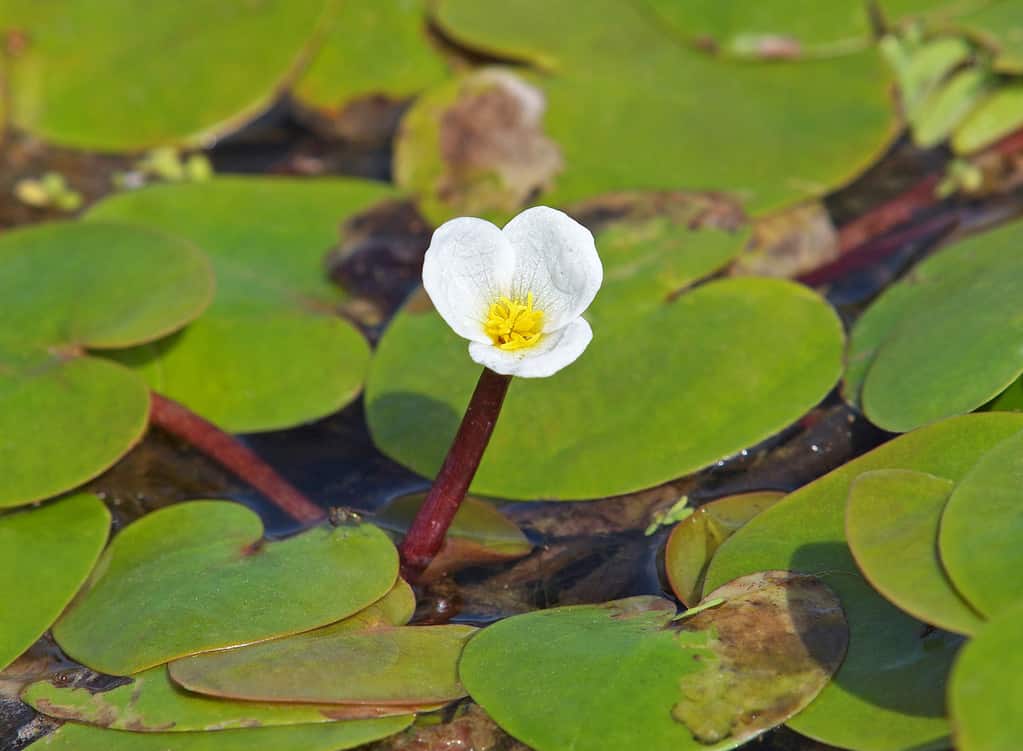
The European frog-bit looks like a small water lily.
©Emilio100/Shutterstock.com
European frog-bit looks like small water lilies, and they are usually floating on shallow water. They produce white and yellow cup-shaped flowers that bloom in mid-summer, and they rarely produce seeds. Their roots are long and rope-like, forming large floating mats on the water. They invade the edges of slow-moving water, such as rivers, lakes, swamps, and marshes. And they can make it difficult for outdoor recreation and negatively impact native aquatic animals and plants.
10. Yellow Floating Heart

Yellow floating hearts grow in thick clusters.
©Simun Ascic/Shutterstock.com
The yellow floating heart is another water lily-type plant. They feature green, heart-shaped leaves and bright yellow flowers with fringing around the edges of the petals. The flowers produce capsule-shaped fruit that contains many seeds. And the plant’s roots are short and consist of thick clusters that grow in the sediment. They invade lakes and other wetlands, where they grow in dense patches, creating low-oxygen levels beneath the surface.
11. Policeman’s Helmet
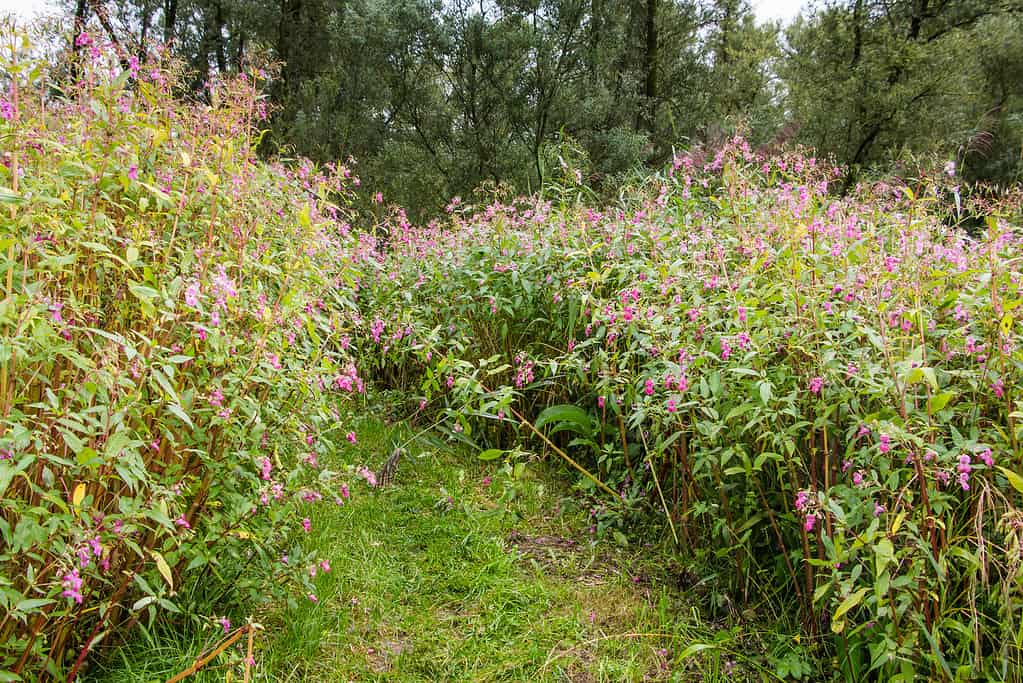
This jewelweed can grow 10 feet tall.
©INTREEGUE Photography/Shutterstock.com
This jewelweed is an herbaceous annual that can grow up to 10 feet tall and produces pinkish-purple flowers. It reproduces rapidly. For example, one plant can produce 800 seeds with a high rate of germination, even in water. This invasive plant is dangerous because it takes over dense forests, meadows, grasslands, and the edges of lakes. Because they grow in thick colonies, they make it difficult for native plants to thrive.
12. Golden Creeper

Golden creeper can smother native plants.
©weha/Shutterstock.com
The golden creeper is a perennial vine with heart-shaped leaves and large yellow flowers that grow in a bell shape. It has been found in several Wisconsin counties, and as it grows profusely along streams, it chokes out native plants. You can find it covering the ground and climbing over trees. And it is very resilient, easily surviving during times of drought and high winds. It will even grow in poor soil.
13. Japanese Barberry
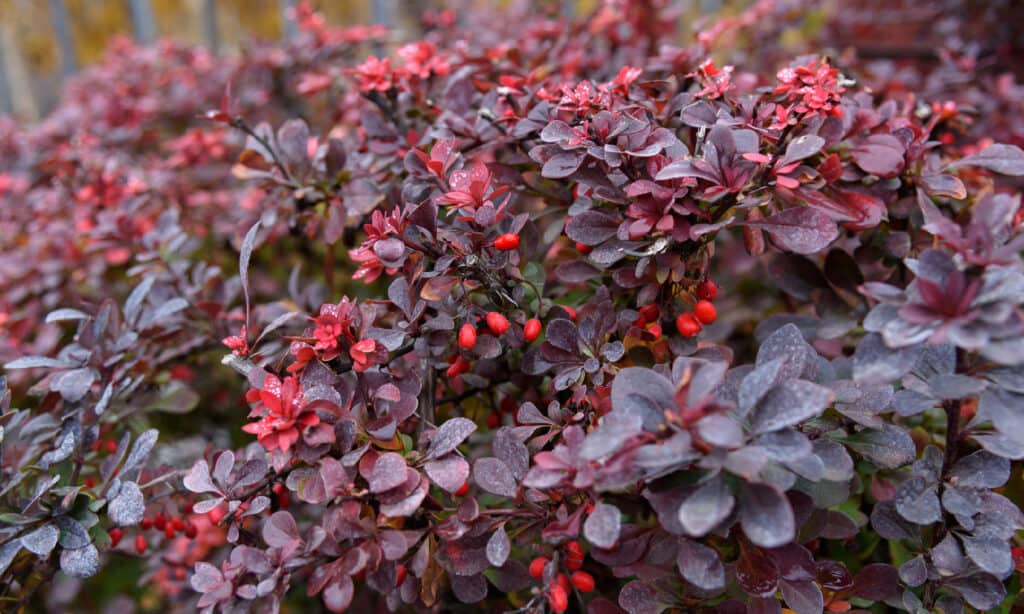
Japanese barberry can take over the forest’s understory.
©iStock.com/Oleg Kodola
The Japanese barberry is a spiny shrub that grows in dense stands low to the ground. They produce small green leaves and bright red berries. They thrive in many places, such as wetlands, fields, and wooded areas. And they are resilient to drought and shade. They will often take over a forest’s understory, where they kill off native plants and make it difficult for animals to find food. Ticks that carry Lyme disease are also more prevalent in infested areas.
14. Lesser Celandine
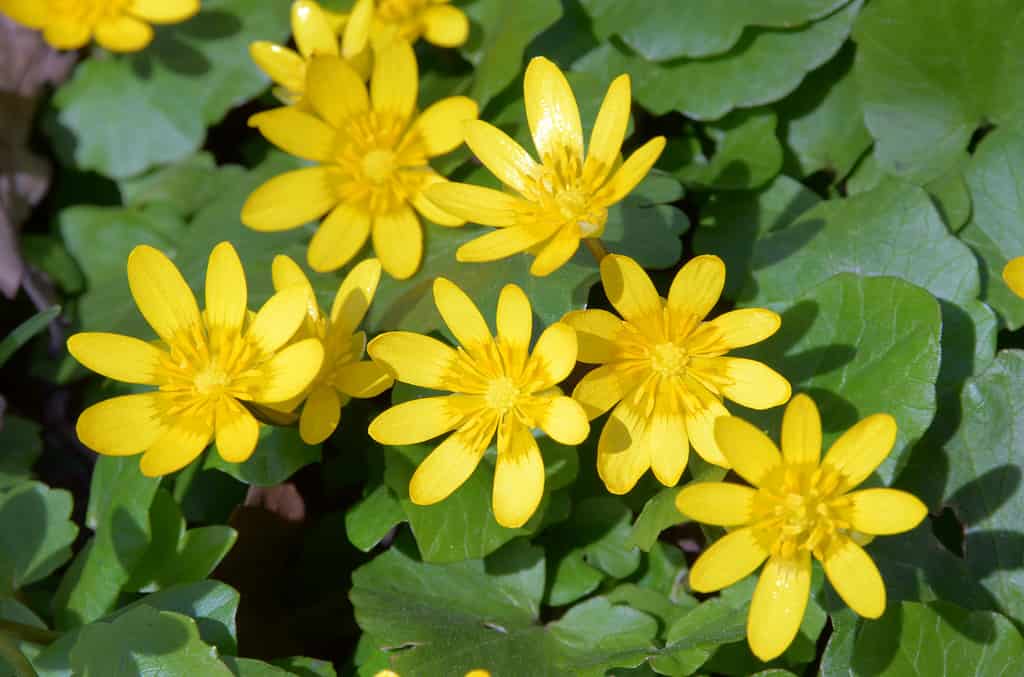
Lesser celandine is poisonous to humans and livestock.
©Anatoliy Vlasov/Shutterstock.com
The lesser cilandine is an herbaceous plant with kidney-shaped green leaves and yellow daisy-like flowers. They rapidly produce abundant tubers and bulblets. Because this plant is adaptive, it can grow in woodlands, wetlands, and disturbed areas. Other than growing profusely and taking over acres of land, these plants are poisonous to humans and livestock.
15. Amur Cork Tree
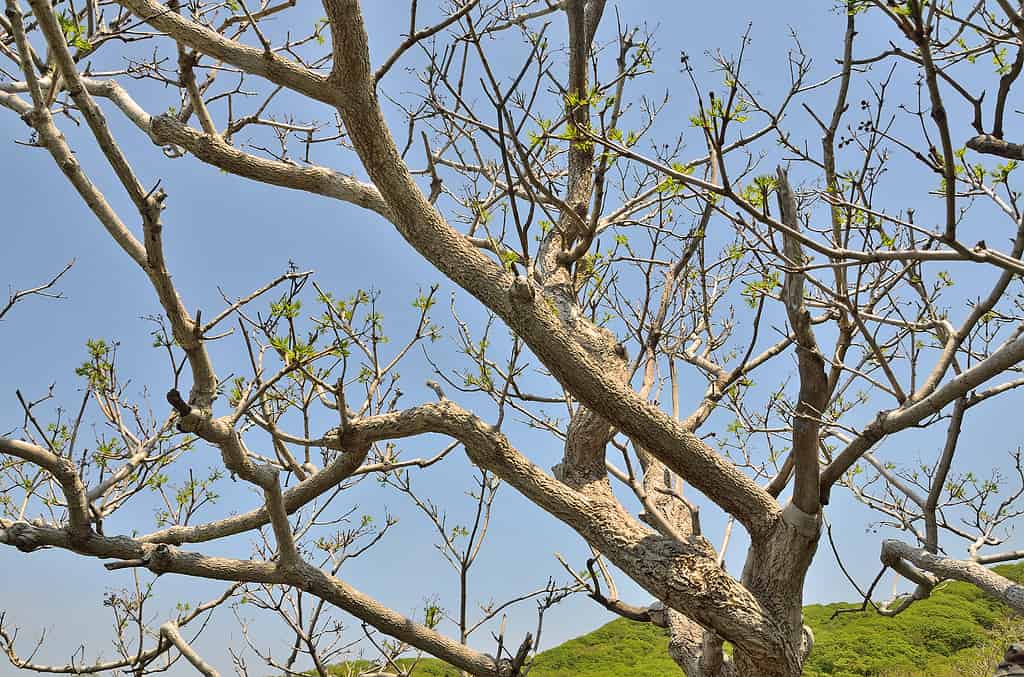
The Amur cork tree can displace native plants.
©Ovchinnikova Irina/Shutterstock.com
These unusual trees are very distinctive. In fact, they feature a spongy outer bark and bright yellow inner bark. Additionally, their leaves smell like citrus. This species is very tolerant and can grow in many areas, such as parking lots and highway medians. Amur cork trees can displace native plants and decrease nut and acorn production.
Summary Of 15 Invasive Species in Wisconsin
| Number | Invasive Species | Type of Species |
|---|---|---|
| 1 | Red Swamp Crayfish | Fish |
| 2 | Asian Clam | Invertebrates |
| 3 | Bloody Red Shrimp | Invertebrates |
| 4 | Sea Lamprey | Fish |
| 5 | Spotted Lanterfly | Insect |
| 6 | Jumping Worm | Insect |
| 7 | Nutria | Mammal |
| 8 | Feral Pig | Mammal |
| 9 | European Frog-Bit | Plant |
| 10 | Yellow Floating Heart | Plant |
| 11 | Policeman’s Helmet | Plant |
| 12 | Golden creeper | Plant |
| 13 | Japanese barberry | Plant |
| 14 | Lesser celandine | Plant |
| 15 | Amur cork tree | Plant |
Thank you for reading! Have some feedback for us? Contact the AZ Animals editorial team.

